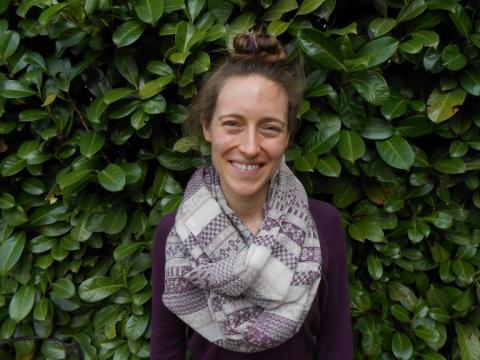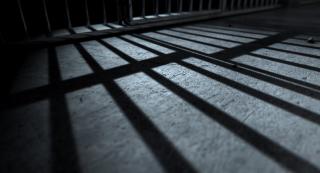In administering sentences for people judicially ordered to serve two years or more in prison, Canadian federal correctional institutions are legislatively required to provide safe and humane custody and supervision. However, the safety of the public is the overarching issue that correctional institutions are mandated to consider. Tensions arising between these correctional objectives to care for prisoners and to protect the public can result in prisoners being treated in ways that compromise their well-being. Also, research suggests the experience of incarceration is itself intrinsically detrimental to prisoner mental health and general well-being, with specific concerns for women.
Feminist scholarship demonstrates that tensions described above can manifest with particular force where correctional authorities determine a woman presents a risk to the security of the institution and/or to herself. This dynamic has a circular quality where women struggle with the experience of being incarcerated. This circularity may be visible where women self-harm or where correctional authorities characterize certain women’s behaviours as “acting out” (both of which can be understood as expressions of situational distress), in contexts where such authorities respond in a punitive manner that intensifies the women’s experience of imprisonment, such as through segregation. For a woman already having difficulty coping with her incarceration (which invariably involves her separation from her family and support network, and the loss of much of her autonomy, among other imposed security measures, constraints, and deprivations), any increase in the scope or degree of punitive measures and isolation that she experiences may be extremely damaging.
Elspeth Kaiser-Derrick was awarded SSHRC support for her doctoral work. For her PhD dissertation, supervised by Dr. Emma Cunliffe, she will analyze court transcripts and other official records pertaining to the incarceration of women. She will examine the cycle through which prison as an institution engenders distress in women, whose coping mechanisms may then be treated with greater punitiveness by correctional authorities. Her particular interest is in how correctional officials and experts within the criminal justice system construct and respond to the difficulties these women experience, with a view to understanding how the institution of the prison justifies its responses through narratives, practice/policy, and law.
Though Elspeth intends to focus her analysis upon the role of the state through institutional narratives, practice/policy, and law, it is the humanity of the women that will ground her work. To this end, Elspeth will attend particularly to where such institutional responses prioritize concerns related to prison administration above the women’s human needs for support, care, and resources. Through this, she will also explore issues related to security and responsibility (engaging questions such as whose security, and whose responsibility, are implicated). Elspeth will study how prison itself functions to actively threaten women’s well-being, dignity, and autonomy, and how such dynamics are institutionally underwritten.




